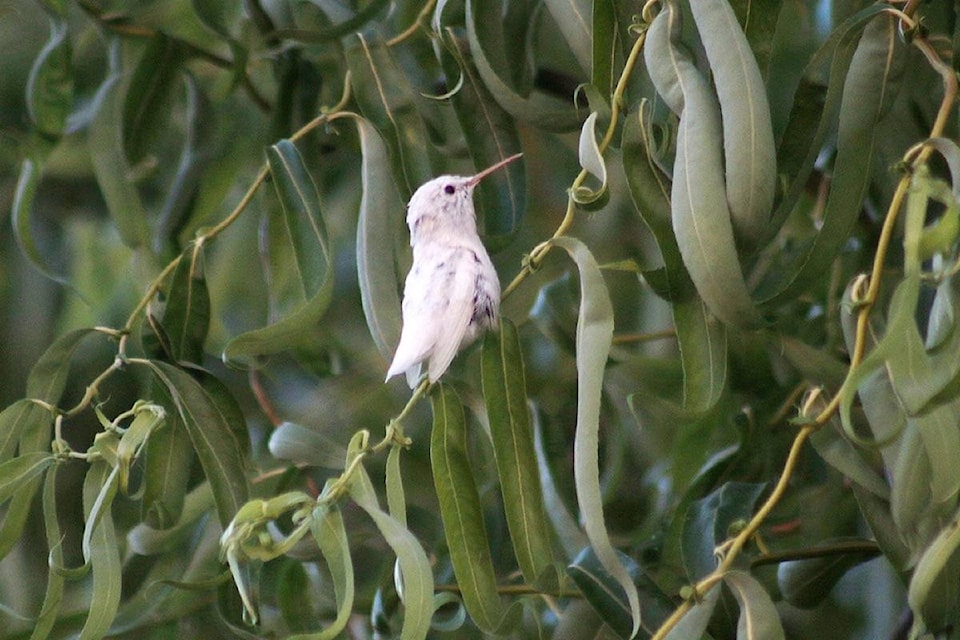My husband is a bird watcher. Definitely not a professional one and I won’t even say an amateur one because it’s not like he takes binoculars on our hikes or sets his camera up at the marsh or anything. But he does get a kick out of spotting new birds and adding them to the list on his bird watching app. It’s a harmless hobby and he’d probably be embarrassed if he knew I was telling you about it so please don’t tell him you know.
Anyway, when we moved to our new house a couple of years ago we were disappointed that no black-capped chickadees ever visited our yard. They’re my favourite. I grew up with them in the trees behind my childhood house and while they aren’t really all that special or unique, they just feel like home. Their absence was a blow to our bird watching fun. Well, mine anyway. My husband soldiered on.
He set up some feeders: a suet one and a seed one and a couple hummingbird feeders. Every now and then we see a neat bird but nothing too unusual.
That is until the other day.
My husband looked out the back window and saw a one-in-a-million hummingbird.
Literally.
I asked the National Audubon Society.
Kenn Kaufman, Audubon’s field editor said that from the photos I sent, he couldn’t be positive but he thinks there’s a good chance it’s an Anna’s hummingbird.
(That was my husband’s assessment also. Maybe he is an amateur after all?)
“It looks to be the right shape, and that would be a common species around Duncan and elsewhere on southern Vancouver Island,” Kaufman said.
But it’s not your usual Anna’s. We see those all the time and we don’t all race to the window — unlike when we spot this one.
This is a white one.
“True albino hummingbirds are extremely rare, and very seldom documented in the wild,” Kaufman noted. “They’d be recognized by pure white feathers and pink eyes, feet, and bill. The bird in the photos looks like it’s a leucistic individual instead — lacking most, but not all, of the melanin pigment in the feathers.”
But here’s the thing: leucistic hummingbirds are rare, too!
“White hummingbirds are so stunning that when one is seen, it usually makes the news,” Kaufman said. “So we know that a very few white hummingbirds are reported practically every year, somewhere in North America. But I would guess that they make up only about one in a million individuals among the hummingbird population at large.”
How about that?! In my own backyard.
The Audubon Society’s media guy, Nicholas Gonzalez, sent me a link to their website featuring a story written about another leucistic Anna’s hummingbird spotted in California last year. Does that mean it could very well be ours (we’ve named it Lucy, although it could be male) is the first sighting of one this year?
So all this time I’ve been looking for good news stories out there in the community. But really all I needed to do is check out my own backyard.



